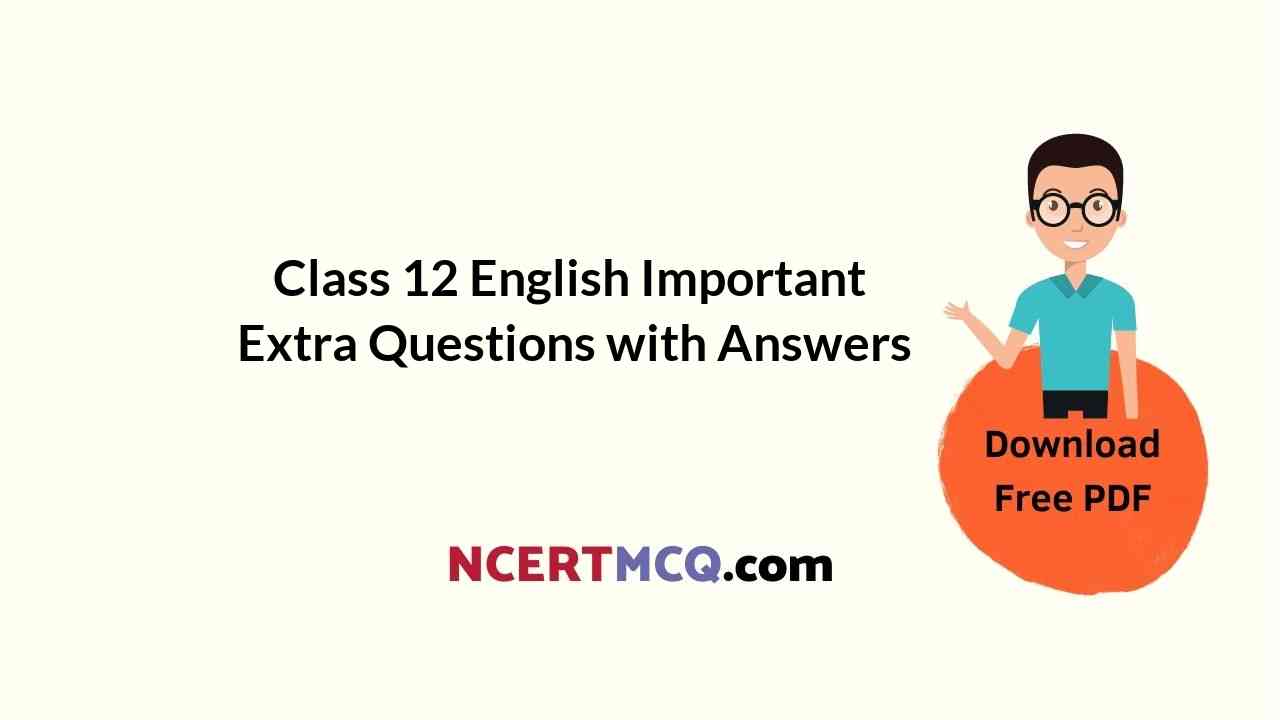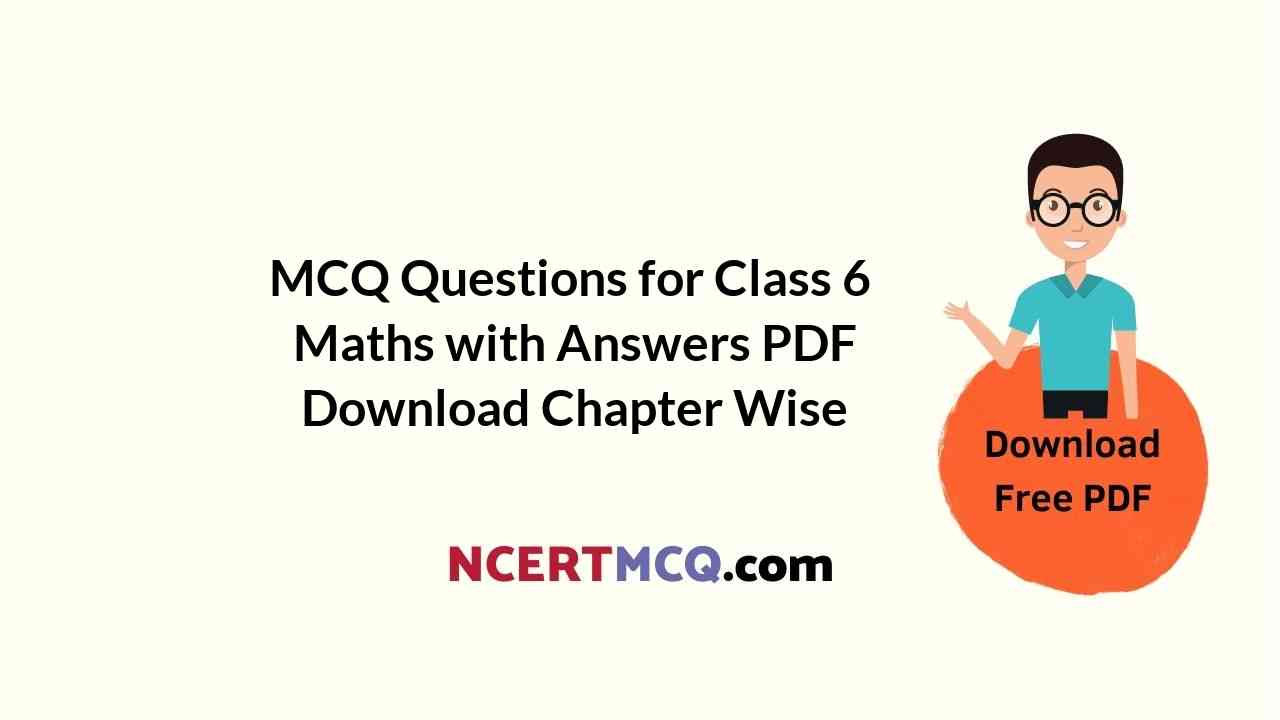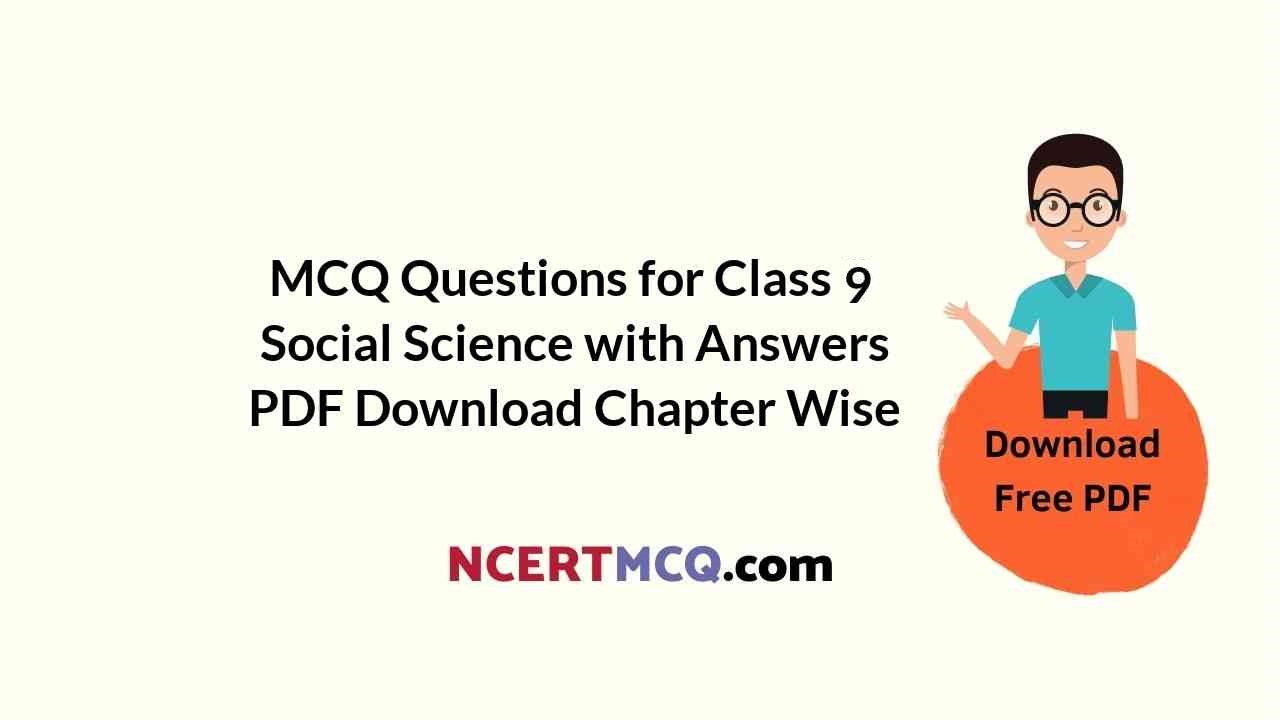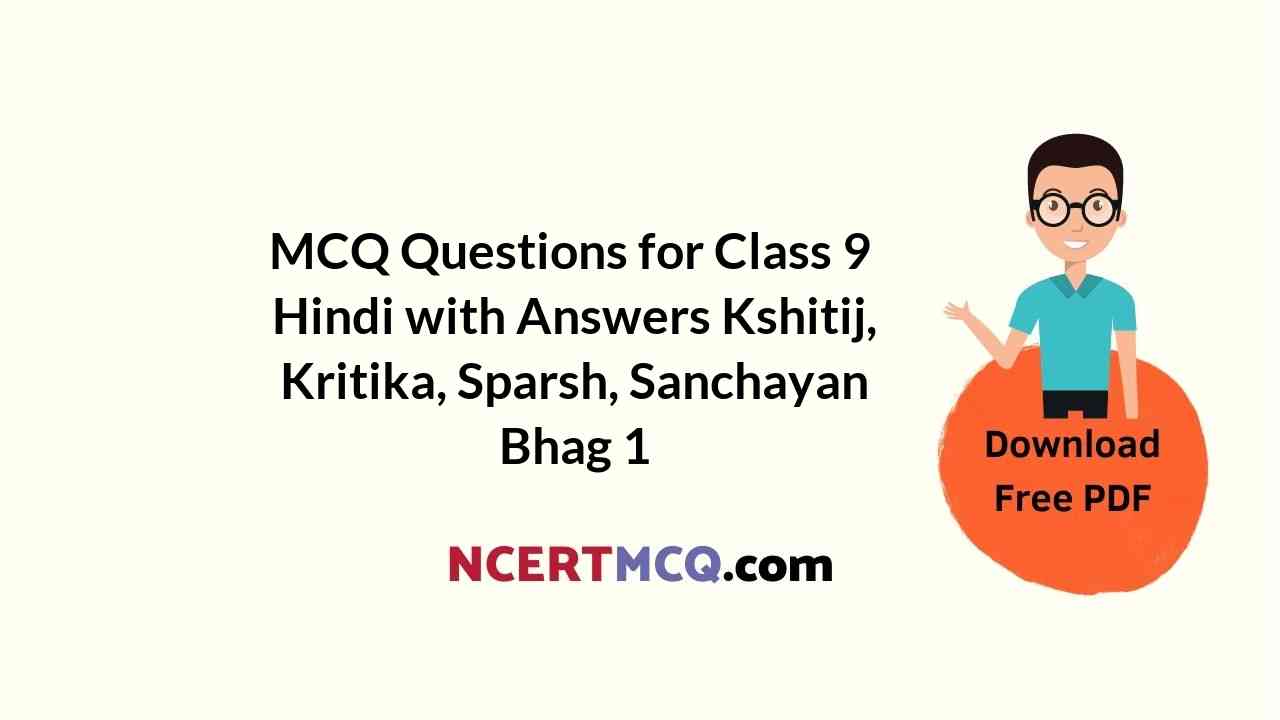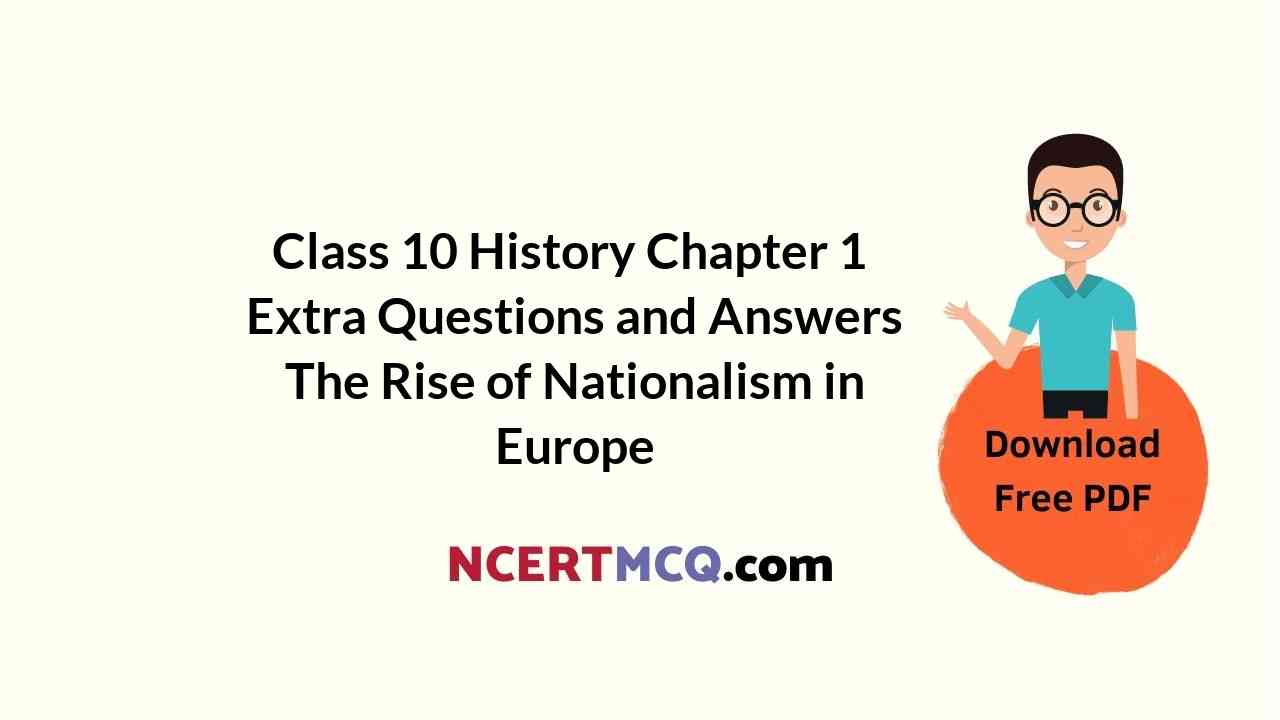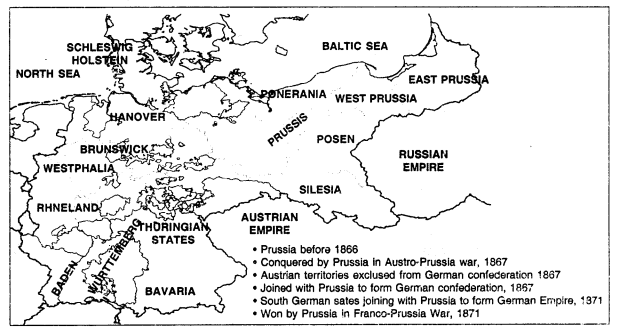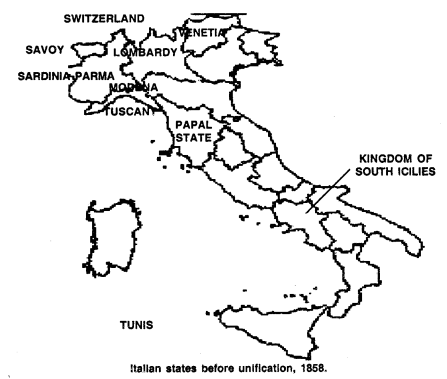Online Education for Class 12 English Important Extra Questions: Here we are providing NCERT Important Extra Questions for Class 12 English Flamingo and Vistas with Answers Pdf Download. Students can get Class 12 English NCERT Solutions, Important Questions of English Class 12 were designed by subject expert teachers.
CBSE NCERT English Class 12 Important Questions with Answers aid students in preparing for their sophomore years start by developing a strong foundation in English subject. This Class 12 English Extra Questions will not only support CBSE Board, UP, MP, Gujarat Board students to score good marks in their internal exams, board exams but also helps to crack the hardest competitive exams like NEET, JEE Main, JEE Advanced, AIIMS, etc. Read on to find out everything regarding CBSE NCERT Extra Questions And Answers for Class 12 English.
Online Education for English Core Class 12 Important Questions with Answers Pdf Download
Students can check out the Higher Secondary/ 12th Class CBSE NCERT English Important Extra Questions Class 12 subject for all lessons from the quick links provided over here.
Important Questions for Class 12 English Flamingo
Important Questions for Class 12 English Flamingo Prose
- The Last Lesson Extra Questions
- Lost Spring Extra Questions
- Deep Water Extra Questions
- The Rattrap Extra Questions
- Indigo Extra Questions
- Poets and Pancakes Extra Questions
- The Interview Extra Questions
- Going Places Extra Questions
Important Questions for Class 12 English Flamingo Poetry
- My Mother At Sixty-six Extra Questions
- An Elementary School Classroom in a Slum Extra Questions
- Keeping Quiet Extra Questions
- A Thing of Beauty Extra Questions
- A Roadside Stand Extra Questions
- Aunt Jennifer’s Tigers Extra Questions
Important Questions for Class 12 English Vistas
- The Third Level Extra Questions
- The Tiger King Extra Questions
- Journey to the end of the Earth Extra Questions
- The Enemy Extra Questions
- Should Wizard hit Mommy Extra Questions
- On the face of It Extra Questions
- Evans Tries an O-level Extra Questions
- Memories of Childhood Extra Questions
We hope the given Chapter Wise Class 12 English Important Extra Questions of Flamingo and Vistas will help you. If you have any queries regarding CBSE English Core Class 12 Important Questions with Answers, drop a comment below and we will get back to you at the earliest.
FAQ’s on Extra Questions for Class 12 English
Question 1.
How to access unit-wise class 12 English extra questions and answers?
Answer:
Just by referring to this page, you all can easily access and collect the unit-wise extra questions for class 12 English for better preparation.
Question 2.
Is there an online portal that provides extra questions for the 12th English board exams?
Answer:
Yes, there are many online portals in this internet world that provide extra questions to prepare effectively and score better marks in the 12th-grade English board exams.
Question 3.
Which is the best website to find the list of class 12 English extra questions?
Answer:
Learninsta.com is the best & trusted website to discover the list of extra questions for 12th class English board exams.
Question 4.
Which question bank is best for the English board exam and includes some extra questions for class 12 English CBSE?
Answer:
Our provided Ncert Solutions for Class 12 English is the best question bank & study material for preparing all the topics included in the 12th English subject. Also, it holds unit-wise extra questions for class 12 English board exams.
